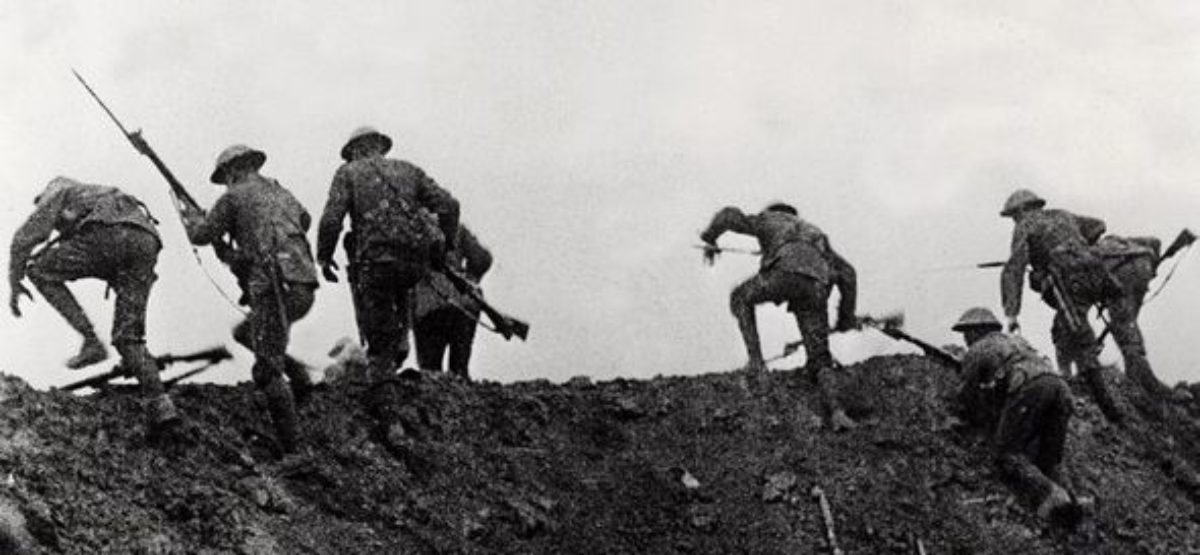The first of a two-episode look at the Commander-in-Chief of the AEF, GEN John J. Pershing, from the personal to the professional.
Link to Roger Steward’s upcoming book:
Robert J. Laplander and I collaborated on creating an audiobook version of his book “Finding the Lost Battalion: Beyond the Rumors, Myths and Legends of America’s Famous WW1 Epic” and here it finally is.
The audio version of “Finding the Lost Battalion” comes to you in podcast form, ready to download and provide nearly 36 hours of the retelling of America’s WW1 epic of devastating modern battle and indomitable bravery under horrific conditions.
Purchase here for $25 USD:
https://battlesofthefirstworldwar.supportingcast.fm/
Also available through Spotify:
https://open.spotify.com/show/0qcRm8x3W7gpbFjOk78Z6L
The BFWWP is on Patreon: https://www.patreon.com/BattlesoftheFirstWorldWarPodcast.
Any questions, comments or concerns please contact me through the website, www.firstworldwarpodcast.com. Follow us on Twitter at @WW1podcast, the Battles of the First World War Podcast page on FaceBook, and on Instagram at @WW1battlecast. Not into social media? Email me directly at verdunpodcast@gmail.com. Please consider reviewing the Battles of the First World War Podcast on iTunes.
